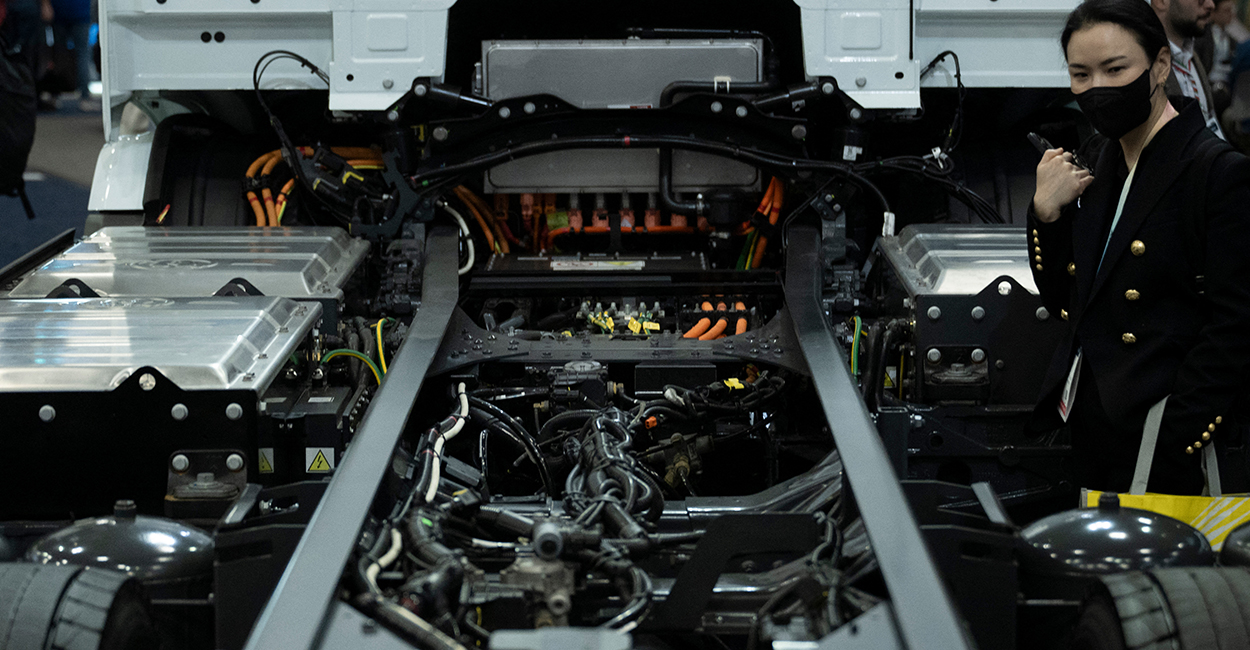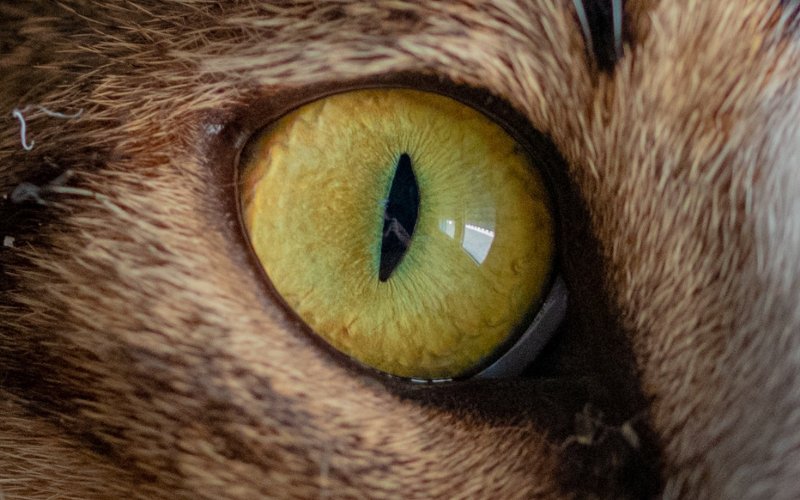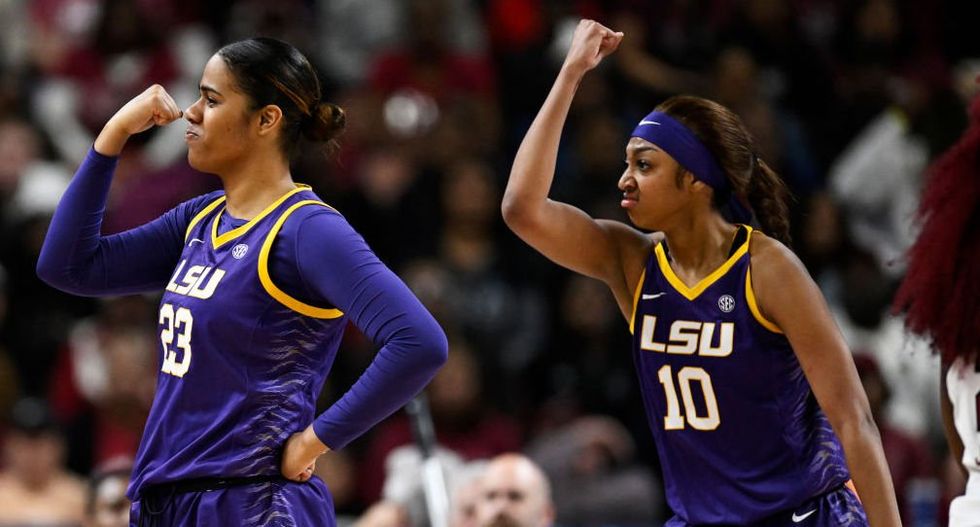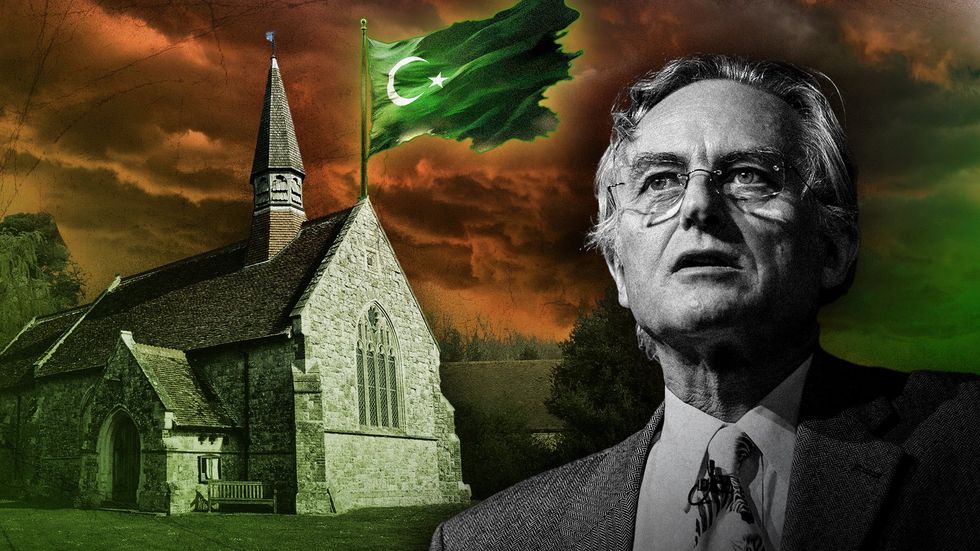
www.dailysignal.com
‘Ridiculous and Laughable’: Subpoenaed CEO Blames Conservative Legal Activist for ESG Probe
An executive subpoenaed in the House’s investigation of companies involved in so-called ESG policies claims conservative legal activist Leonard Leo is behind a “crusade” to stop the corporate practice.Â
ESG is an acronym for environmental‚ social‚ and governance practices that promote left-leaning activism among companies and corporations. The House Judiciary Committee is investigating numerous companies and organizations for potential violation of federal antitrust laws in collaborating on such practices.Â
Leo‚ long affiliated with The Federalist Society‚ is well known in such conservative legal circles. Andrew Behar‚ CEO of As You Sow‚ an ESG-advocating nonprofit‚ brought up Leo’s name in an interview Friday with the left-wing broadcast and internet program “Democracy Now!” hosted by Amy Goodman.
“Leonard Leo‚ he’s the‚ you know‚ co-chair of The Federalist Society—those are the folks‚ all of the right-wing judges‚ particularly the Supreme Court‚ but across the whole landscape—he was given $1.6 billion in mid-2022 to lead this crusade‚” Behar said on “Democracy Now!”
“It’s a very orchestrated campaign‚” he added.
Behar’s syntax may have been scrambled‚ but the CEO of As You Sow appeared to claim that Leo‚ backed by a $1.6 billion slush fund‚ is leading the charge against ESG investment policies.
Reached for this story‚ a spokesman for Leo said the conservative attorney had never heard of As You Sow and doesn’t respond to conspiracy theories.
Behar likely was referring to reports in 2022 from two left-leaning media outlets‚ The New York Times and ProPublica‚ that Chicago billionaire Barre Seid had donated $1.6 billion to various networks associated with Leo. But that donation extended well beyond ESG as a target of conservative advocacy.
A source with knowledge of the House Judiciary Committee’s probe was dismissive of the notion of shadowy motives behind it.
“To suggest that the committee is investigating As You Sow because of Leonard Leo is completely ridiculous and laughable‚” the source told The Daily Signal. “It seems that As You Sow is scared of what the committee is uncovering and working overdrive to save face for their lack of cooperation with the investigation.”
For his part‚ Behar said during the “Democracy Now!” interview that the organization provided 12‚000 pages of documents to the House Judiciary Committee before getting another subpoena March 28.
An August letter to As You Sow signed by Judiciary Chairman Jim Jordan‚ R-Ohio‚ and other committee members says:Â
We write because As You Sow is potentially violating U.S. antitrust law by entering into agreements to ‘decarbonize’ corporate assets and reduce emissions to net zero—with potentially harmful effects on Americans’ freedom and economic well-being.
As You Sow is a member of Climate Action 100+. Through Climate Action 100+‚ As You Sow appears to have colluded with other institutional investors to ‘work with the companies in which [they] invest to . . . deliver net zero [greenhouse gas] emissions by 2050. … Collusive agreements harm competition and consumers and are illegal under the Sherman Act.
The post ‘Ridiculous and Laughable’: Subpoenaed CEO Blames Conservative Legal Activist for ESG Probe appeared first on The Daily Signal.

















